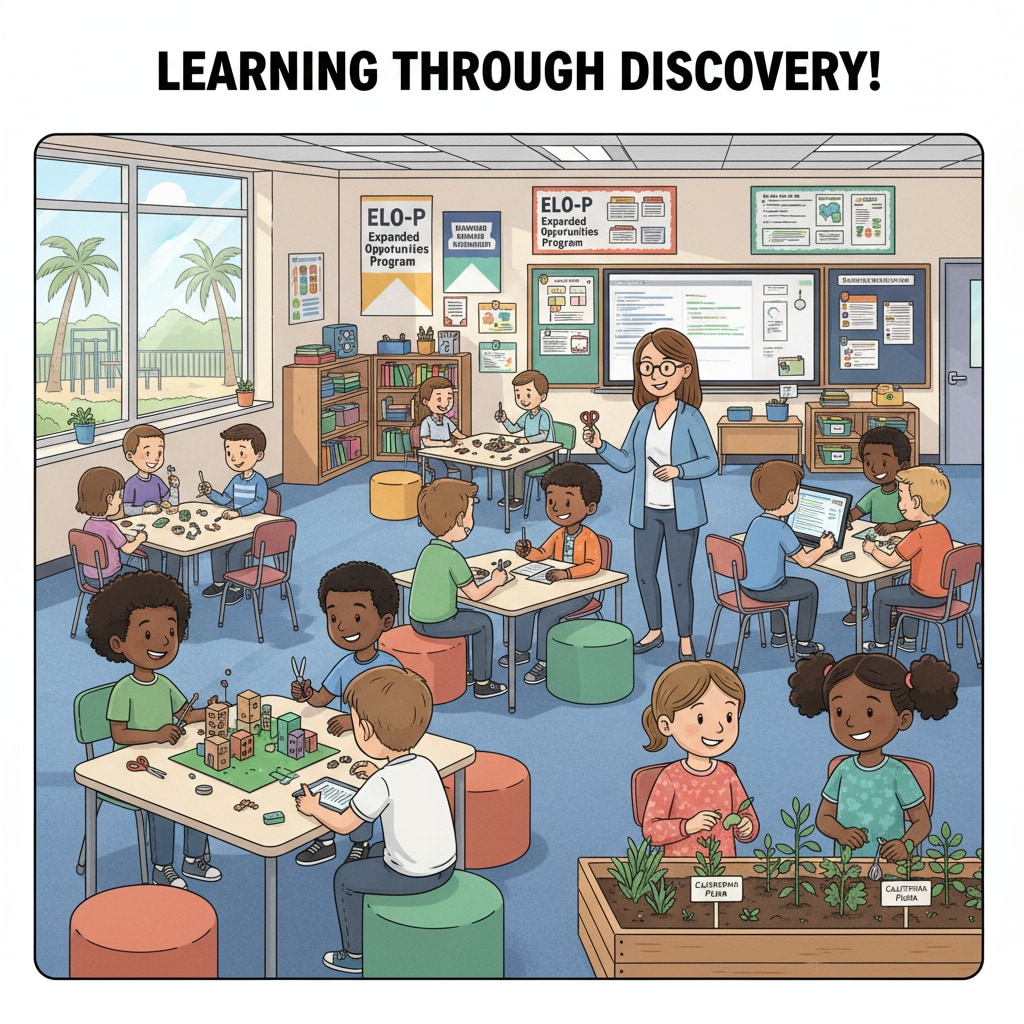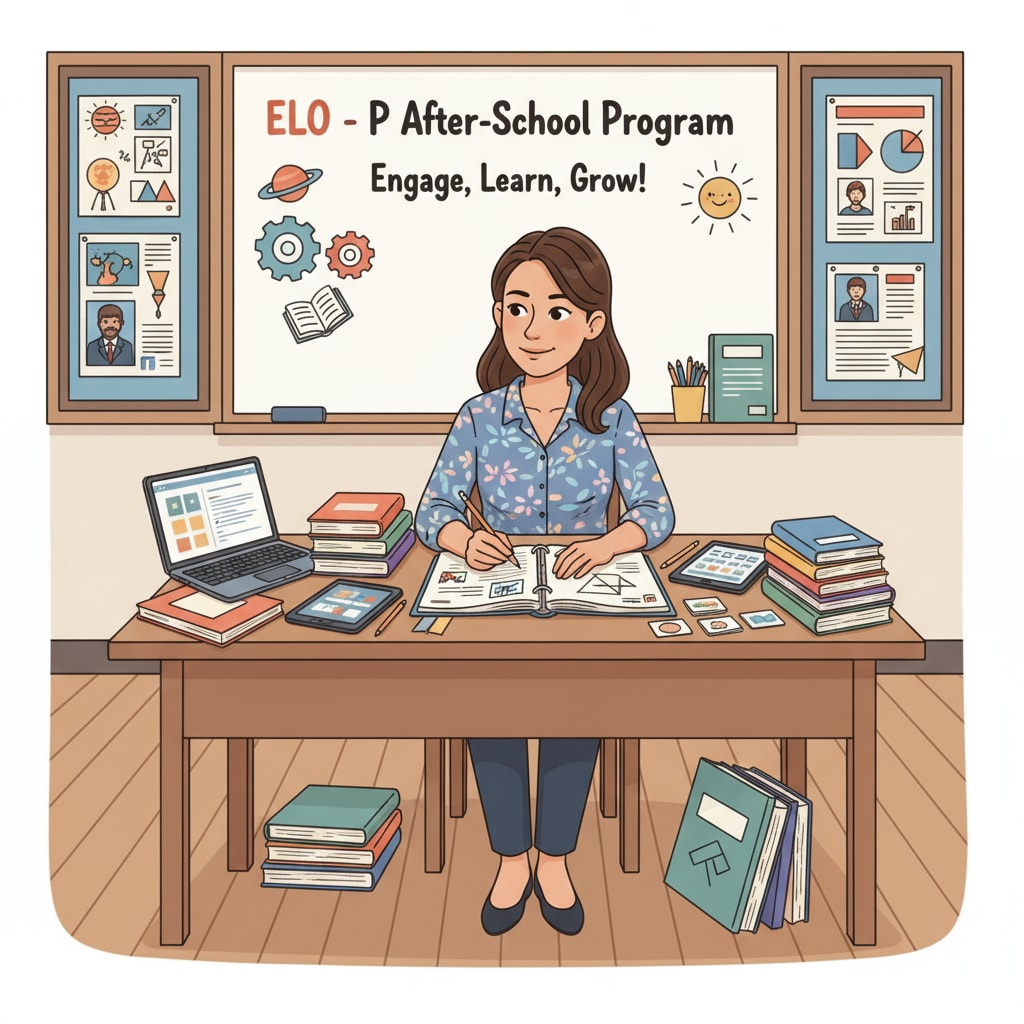Education funding, ELO-P, and extended learning are crucial aspects of California’s educational landscape. The Extended Learning Opportunity Program (ELO-P) in California was launched with great hopes of enhancing educational opportunities for students. But how effectively is it really achieving its goals?

The Genesis and Goals of ELO-P
The ELO-P was born out of the recognition that many students need additional learning time to thrive academically. The program aimed to provide extended learning opportunities, including after – school, before – school, and summer programs. By doing so, it intended to bridge the learning gaps among students from different socioeconomic backgrounds. For example, students from disadvantaged families often lack access to additional learning resources outside of regular school hours. ELO-P sought to fill this void with the support of education funding. California Department of Education’s official ELO – P page
Implementation Status of ELO-P
In practice, ELO-P has been implemented in various schools across California. However, the implementation has not been without challenges. Some schools have struggled to effectively utilize the education funding allocated for the program. There have been issues with program design and delivery. For instance, certain programs may not be tailored to the specific needs of the students. In addition, there has been a lack of consistency in the quality of extended learning activities provided. While some schools have managed to create engaging and beneficial programs, others have faced difficulties in attracting and retaining qualified staff for these extended learning sessions. Wikipedia’s entry on after – school programs

Potential and Limitations in Promoting Educational Equity
ELO-P has significant potential in promoting educational equity. By providing additional learning time, it can help students who are falling behind to catch up. It also offers a platform for students to explore different interests and skills that may not be covered in depth during regular school hours. However, there are limitations. The program’s reach may not be extensive enough to cover all students in need. Also, the effectiveness of the program in reducing the achievement gap depends on various factors such as how well the funding is used and the quality of instruction in the extended learning activities.
To truly make ELO-P effective, it is essential to optimize the funding allocation. This could involve more targeted distribution of funds based on the actual needs of schools and students. Additionally, a more rigorous program evaluation system should be in place. This would help identify what works and what doesn’t, allowing for continuous improvement of the program. In conclusion, while ELO-P holds great promise in the realm of education funding and extended learning, there is still much work to be done to ensure it benefits every child in California.
Readability guidance: This article uses short paragraphs to present information clearly. Each section provides key points about ELO-P’s implementation, potential, and limitations. Transition words like “however”, “for example”, and “in addition” are used to connect ideas smoothly. The passive语态 is kept to a minimum, and sentences are of an appropriate length to enhance readability.


